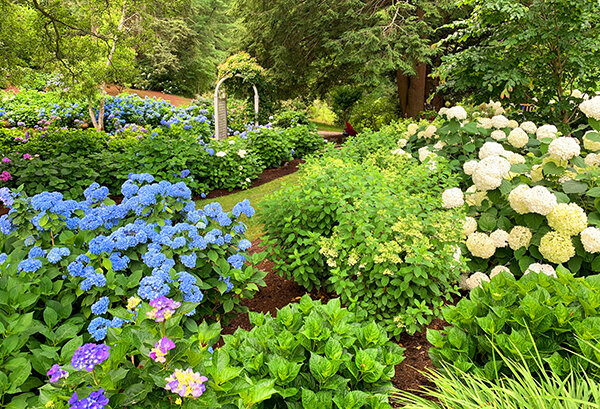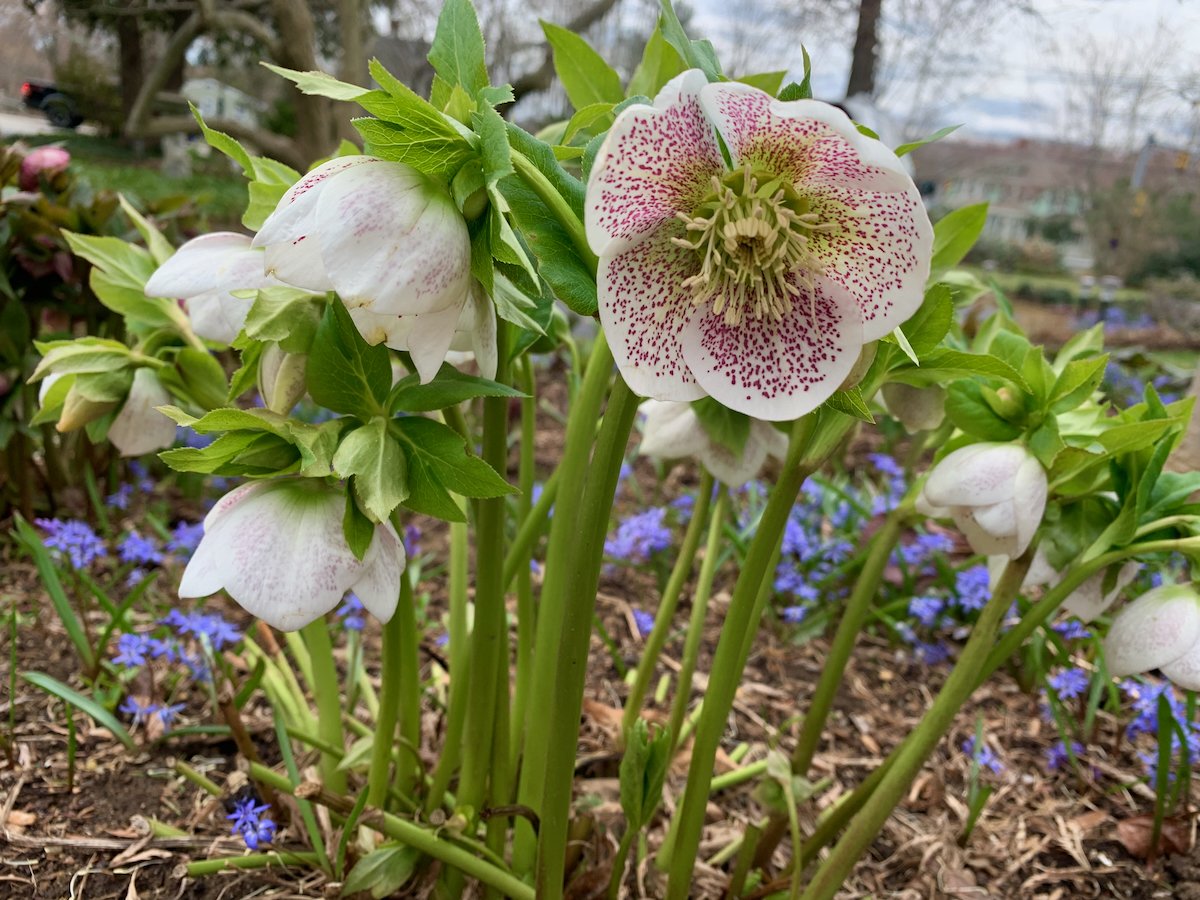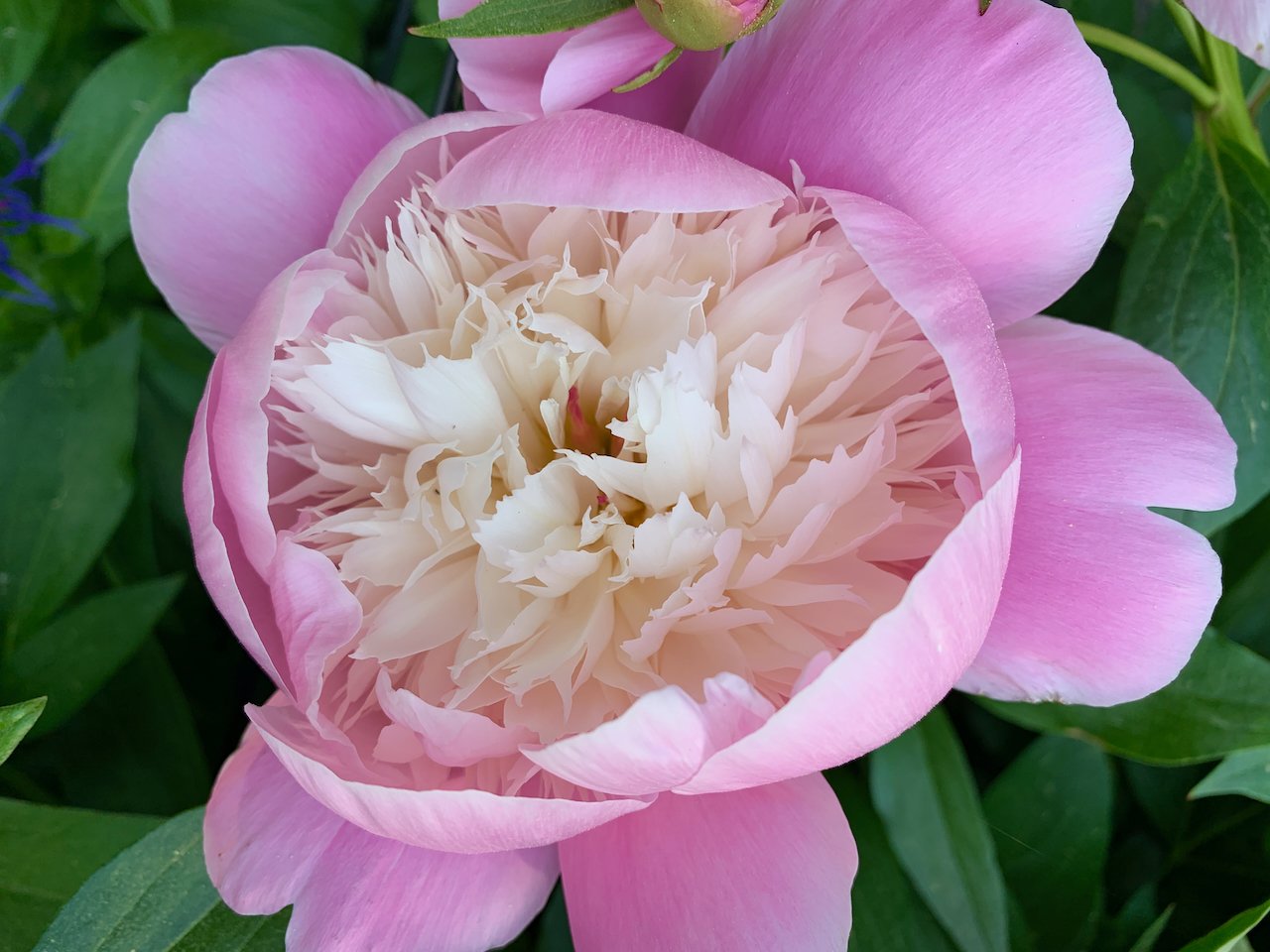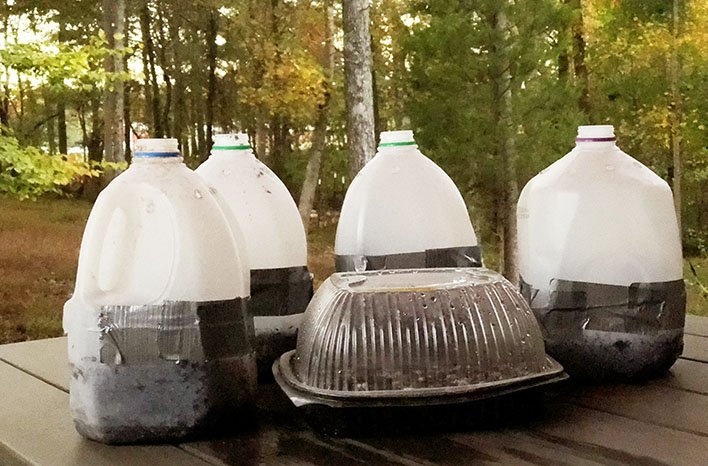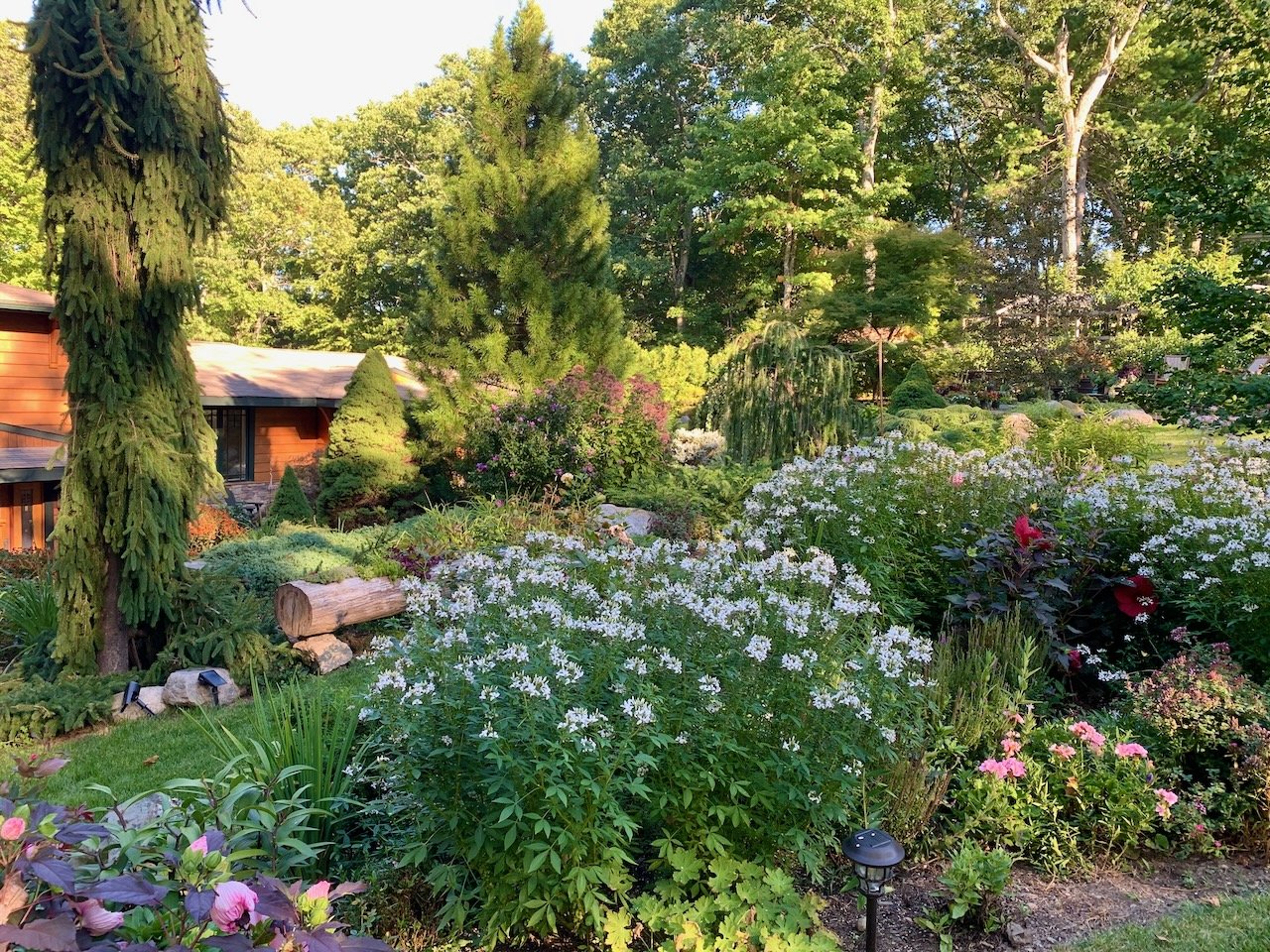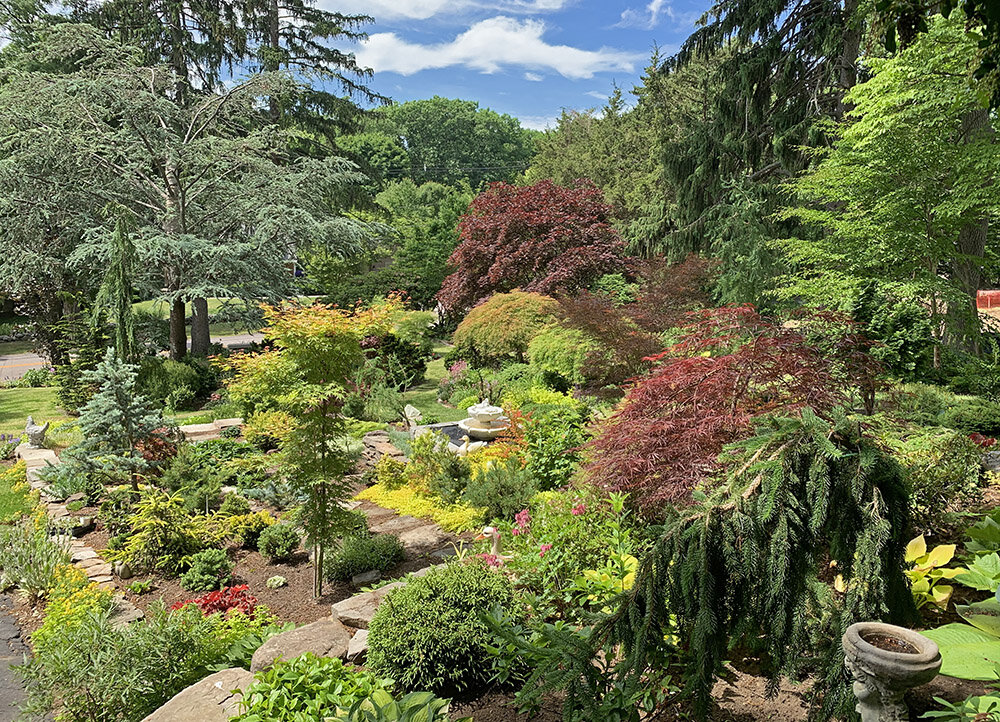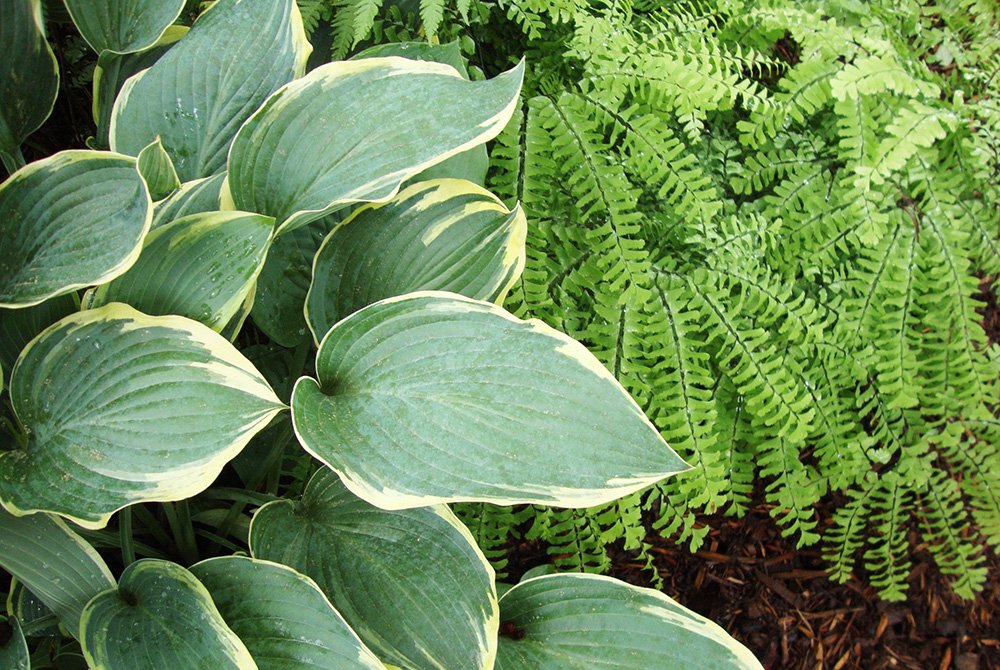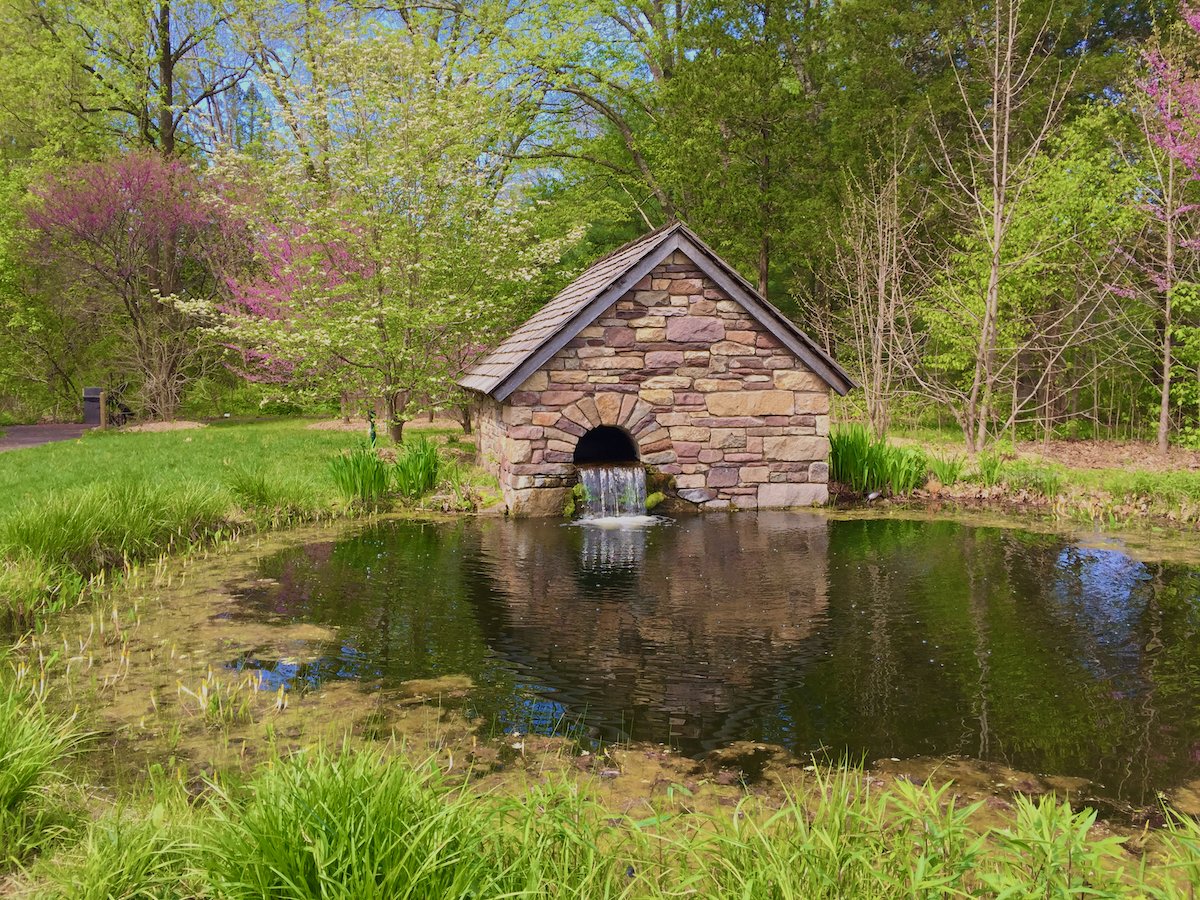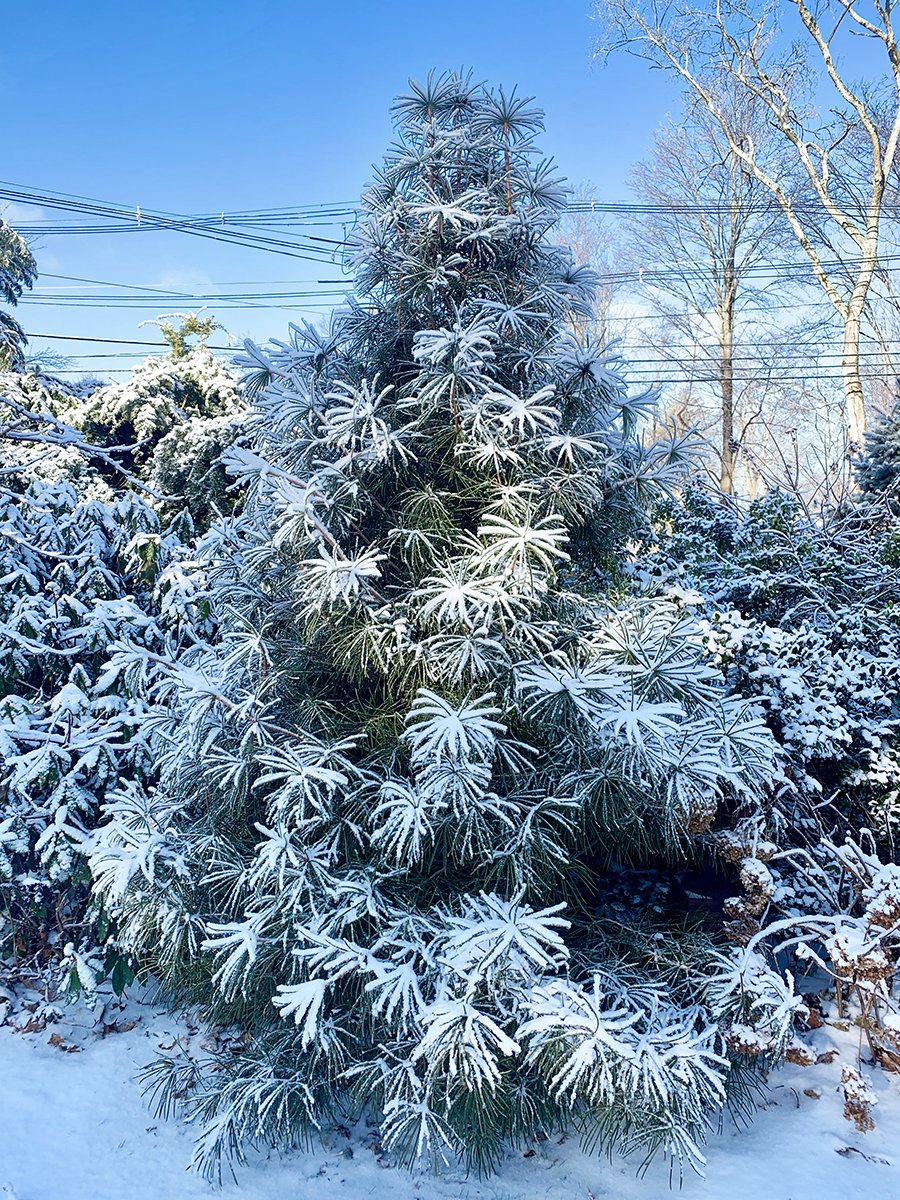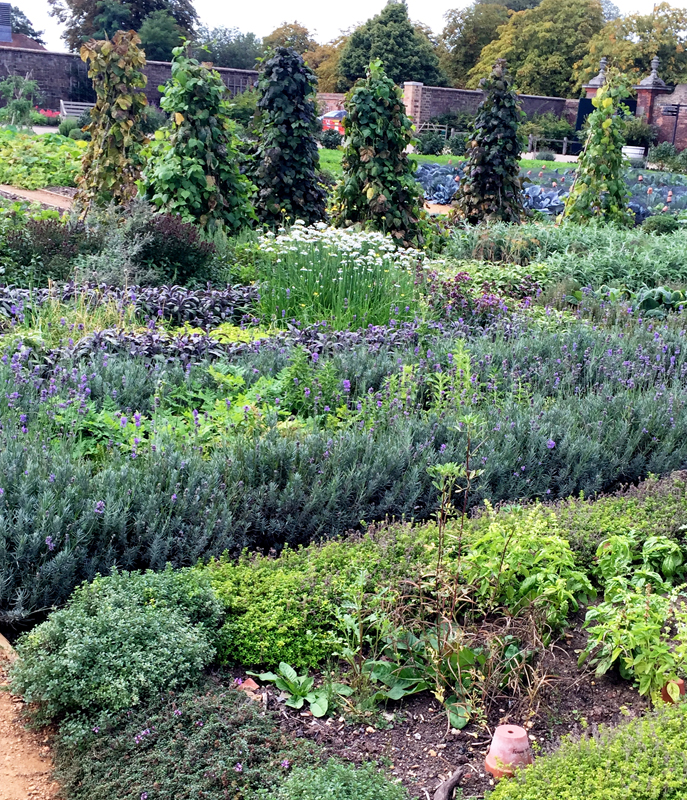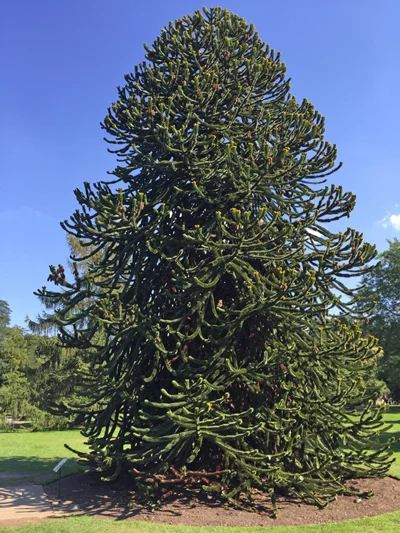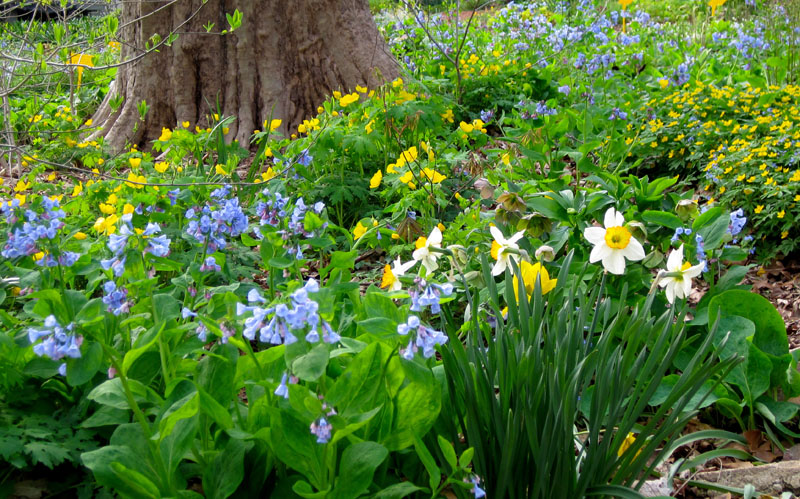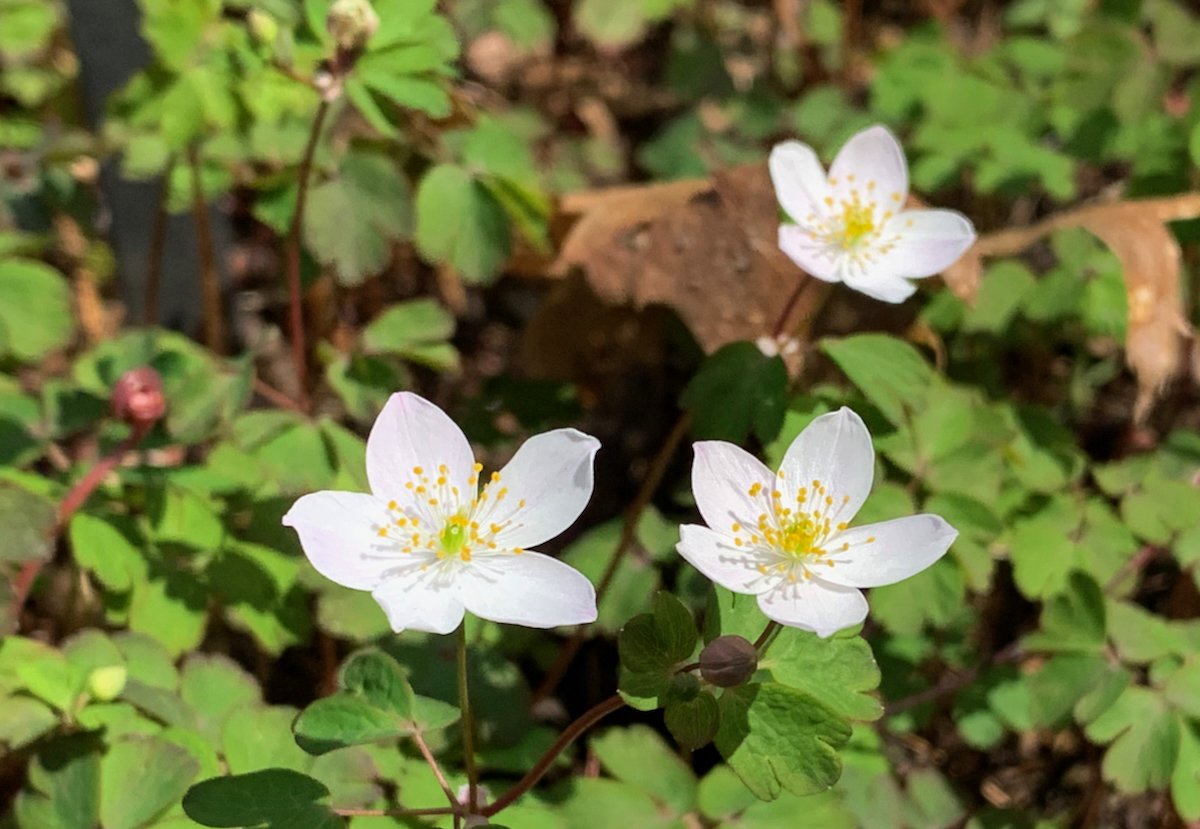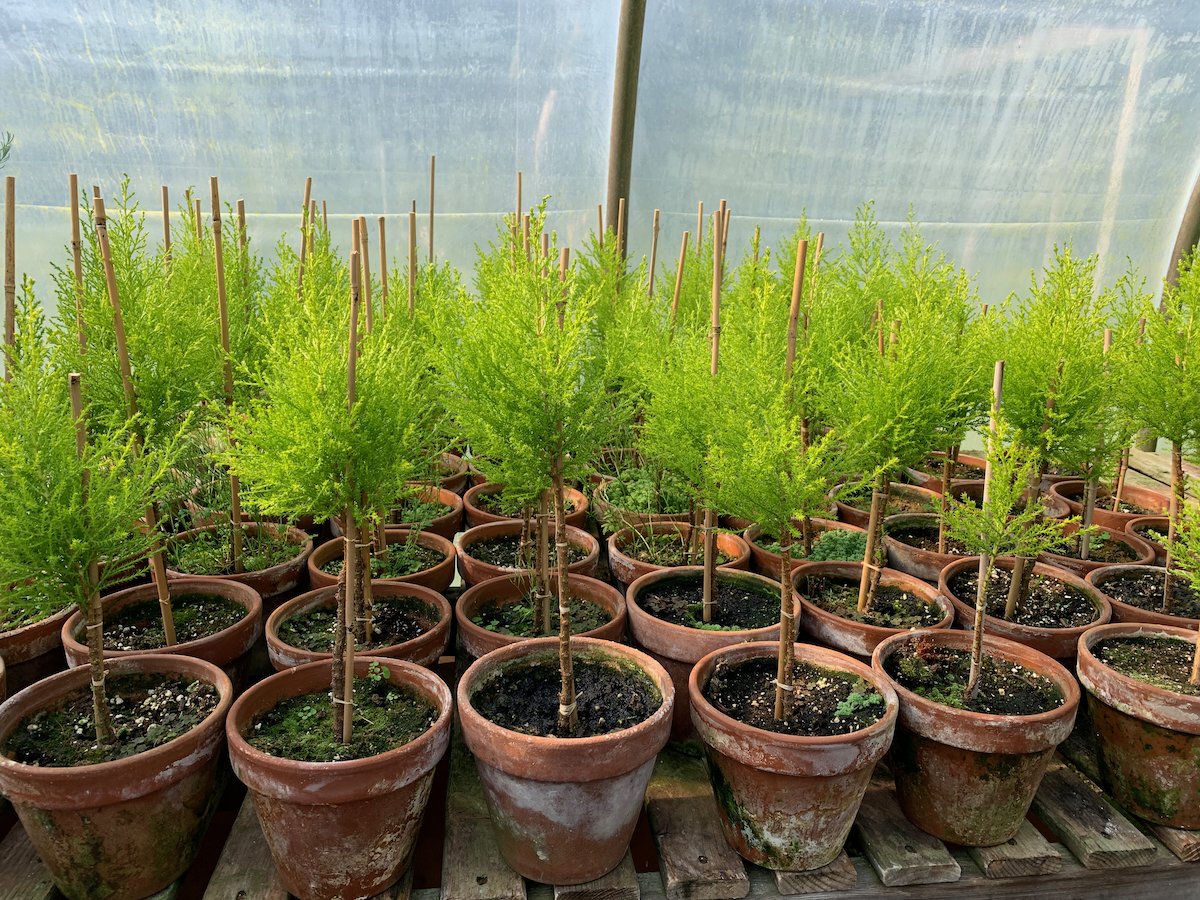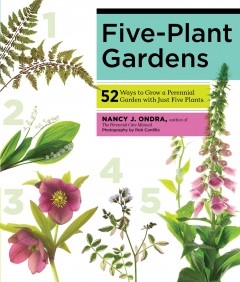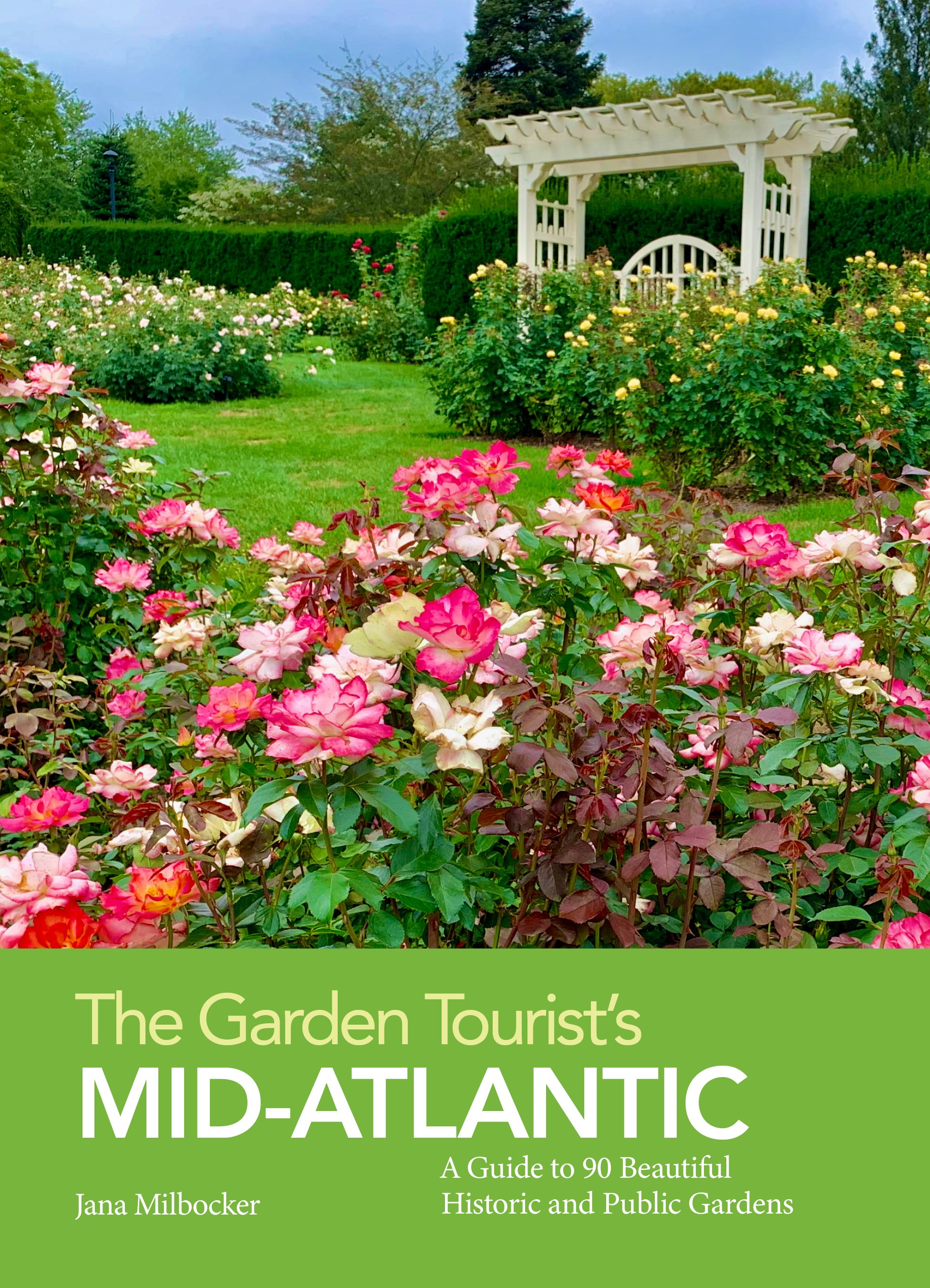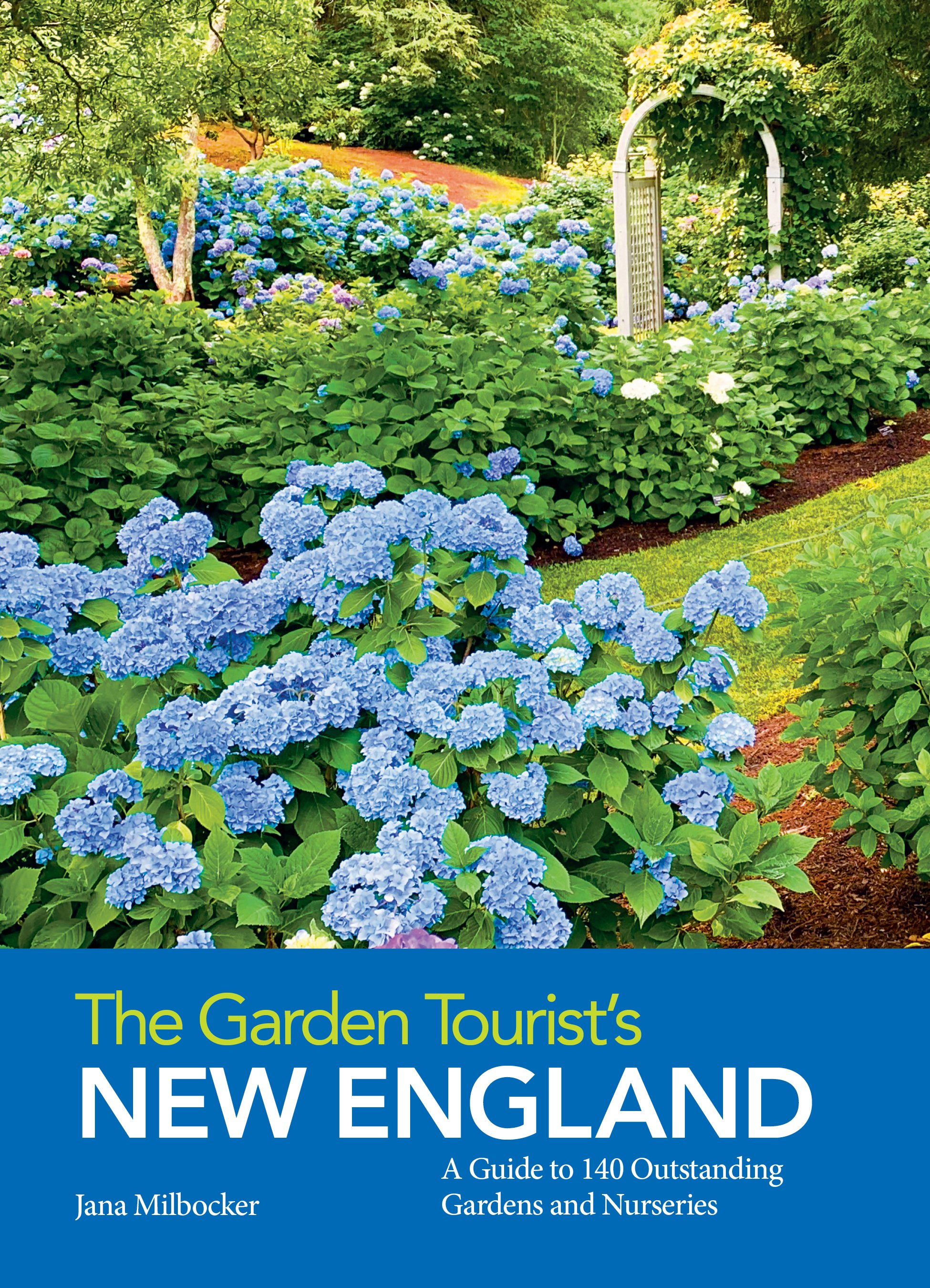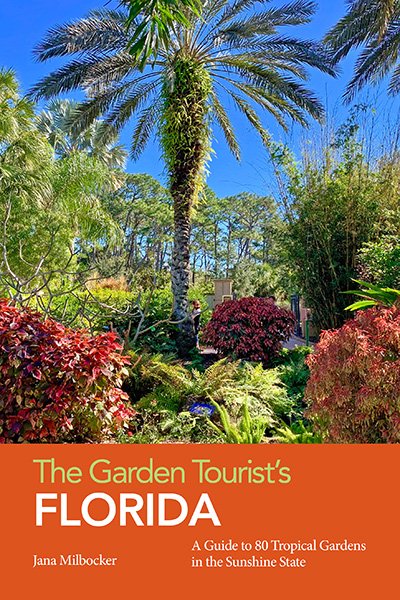The Aftermath of the Drought
/Most parts of Massachusetts and, in fact, much of the Northeast experienced a summer-long drought. This affected many perennials, trees, and shrubs, both in the wild and in our gardens. As our cities and towns enacted strict water bans, we gardeners watched helplessly as our new plantings and even established plants yellowed and then browned. Although the drought seems to be finally over this month, what can we expect in the coming year as a result?
I have been pondering this question for several weeks, and did some research on-line and in conversations with several local experts. If you are wondering what next year may bring, here is what I learned:
Water bans may continue
Hydrologist David Boutt of UMass Amherst writes: “One reason this year’s drought is so noticeable is that it has come largely in the growing season, so everyone from farmers to homeowners and gardeners has felt its effects. It also follows an almost 15-year period of higher-than-normal precipitation. As a region we were blessed with abundant rainfall in particular from about 2005 to 2010, a bonus situation. Since then, conditions leading to this current drought started to be felt as early as 2013.”
Contrary to popular perception, droughts are seldom one-year events. “Droughts are multi-year events; they take some years to develop. And like the others, this one will be felt for longer than one season. When soils are so dry, even with the recent rainfall, it will take time for the hydrologic system to recover.” This means that even though we may see closer to normal rainfall next year, water bans are likely to continue since it will take several years our groundwater supplies to be replenished.
Droughts are particularly detrimental during the growing season
Ron Kujawski of UMass Extension explains: “With respect to influence on plant growth and health, it is the amount and frequency of rainfall received during the growing season that is of greater significance than the total amount of precipitation in a given year. When defining a drought year, the pattern and frequency of rainfall are clearly more important than the total amount of rain.”
Don’t be too hasty to replace plants
During the severe droughts, trees and shrubs will exhibit wilting leaves, marginal leaf scorch and premature leaf loss. Don’t be too hasty to replace plants that appear to have dried up, however. Plants that look dead may actually have living tissue underneath the bark or in the ground. You can check on woody plants by scratching the bark to see if there is green tissue underneath, and wait until next spring to see if these plants leaf out.
Long-term effects of drought on woody plants are not immediately visible
Keep in mind that it may take several years for a woody plant to completely recover from drought stress. You may see plants with less vigor, increased dieback during winter, and more susceptibility to pests and diseases.
Damage occurs where you cannot see it
Robert Childs of Fine Gardening writes: “One common long-term effect of drought is stem dieback, which is a result of the loss of fine feeder roots. As soils become dry during the hottest summer months, the fine roots in the upper soil surface may be stimulated to increase in number to get what little water is available. However, they will begin to die if soils remain dry, thus putting the root system out of balance with the amount of foliage found aboveground. When rain does return, the plant may not be able to take full advantage of this much-needed water because of its reduced root mass. The result is a resizing of the canopy through branch die-back. If drought persists into the next growing season or recurs before the tree can fully recover, it may die.”
Spring blooms may suffer
“Many woody and herbaceous perennials that bloom early in the season set their buds the previous year. These include lilacs, forsythia, peonies, and many daylilies. Even the later bloomers may have less growth next year as a result of the stresses this year. So, keep an eye on these and, if they are not at their best this coming year, don't despair but have patience!” writes Dr. Leonard Perry, Horticulture Professor Emeritus at UVM. So if your plants do not exhibit their usual spring glory, pamper them a bit and wait patiently until the following year.
Smaller perennials
Some of my perennials such as astilbes dried to a crisp this summer, and I was afraid that I may have lost them permanently. The recent rains have revived them, and fresh green growth has reappeared. Bob Sohlberg, hosta breeder and owner of Green Hill Farm, warned that next year’s hostas and other perennials may be smaller in size due to this year’s drought. He recommended a foliar feed of tomato fertilizer to bulk up hosta leaves next year.
Fewer self-seeders
Mark Richardson, Director of Horticulture at Garden in the Woods, noted that plants produced fewer seeds due to the drought this year. The New England Wildflower Society propagates many of its plants through seed collection, and seed gathering was much less successful this year. If you have self-seeded foxgloves or other beauties in your garden, you may see less of them next year. My weeds did not get the drought message however – they have been as bountiful as ever.
Less gypsy moths?
This was the second year in a row that a lack of springtime rain triggered an explosion of voracious gypsy moth caterpillars in Massachusetts. Drought conditions impeded the spread of a fungus that usually keeps the number of gypsy moth caterpillars under control. If we have normal springtime rain next year, the gypsy moths should decline in number.
Looking ahead
2017 may be a challenging year in the garden, but I am already looking forward to spring as I plant my bulbs and put the garden to bed. And by next April, every blossom and green leaf poking out of the ground will be a miracle, no matter how small!
You Might Also Like

